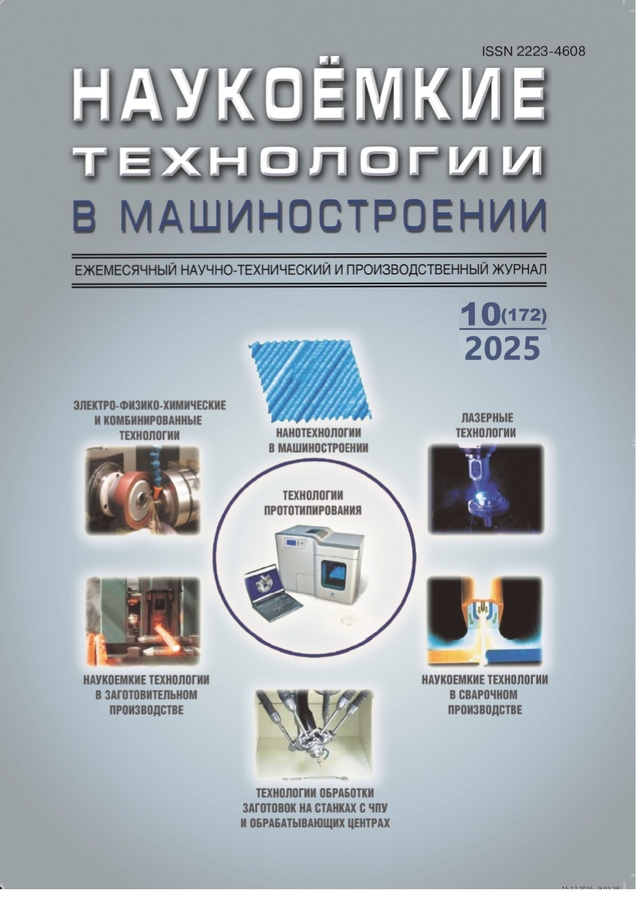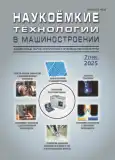Рассмотрены вопросы формирования условий равновесия в упорядоченных дислокационных структурах, полученных посредством воздействия высококонцентрированных потоков электрической энергии и неформального (продольно-крутильного) ультразвукового поля на токопроводящий материал подложки. Показано влияние твердых поверхностных пленок на деформацию и разрушение, которые выступая в роли преграды, способны подавлять возникновение новых дислокаций в ходе деформационных процессов металлов. Установлены факторы, которые в большей степени определяют эффективность пленки в создании барьера для дислокаций. Предложена упрощенная аналитическая модель взаимодействия единичной дислокации с полученными методом комбинированного упрочнения слоями и условия равновесия дислокаций в пленке заданной толщины. Представлены результаты экспериментальных исследований упрочнённого слоя, сформированного при анодировании вольфрамом и медью на стали марки 20, которые показали, что увеличение прочности изделия происходит в условиях, когда модуль сдвига кристалла-основы меньше модуля сдвига напиленного слоя, и сила, действуя со стороны этого слоя, стремится оттолкнуть дислокацию от границы раздела фаз. В результате исследования влияния процесса электроакустического напыления на качество и износостойкость поверхности штампового инструмента подтверждено, что электроакустическое напыление, реализуя сложное воздействие на металл, обеспечивает повышение качества кромок инструментов и их прочностных характеристик, формируя прогнозируемую организацию структуры поверхностного слоя; создаваемый, в процессе электроакустического напыления, на поверхности «двойной барьер», препятствующий выходу дислокаций на поверхность, является, основным фактором повышения прочностных свойств инструмента. Установлено, что покрытие, нанесенное электроаккустическим методом, увеличивает ресурс работы в 1,5 − 2 раза по отношению к образцам, поверхность которых не обрабатывалась вышеупомянутым методом.
 3-12
3-12


 13-22
13-22


 23-31
23-31


 32-38
32-38


 39-48
39-48












